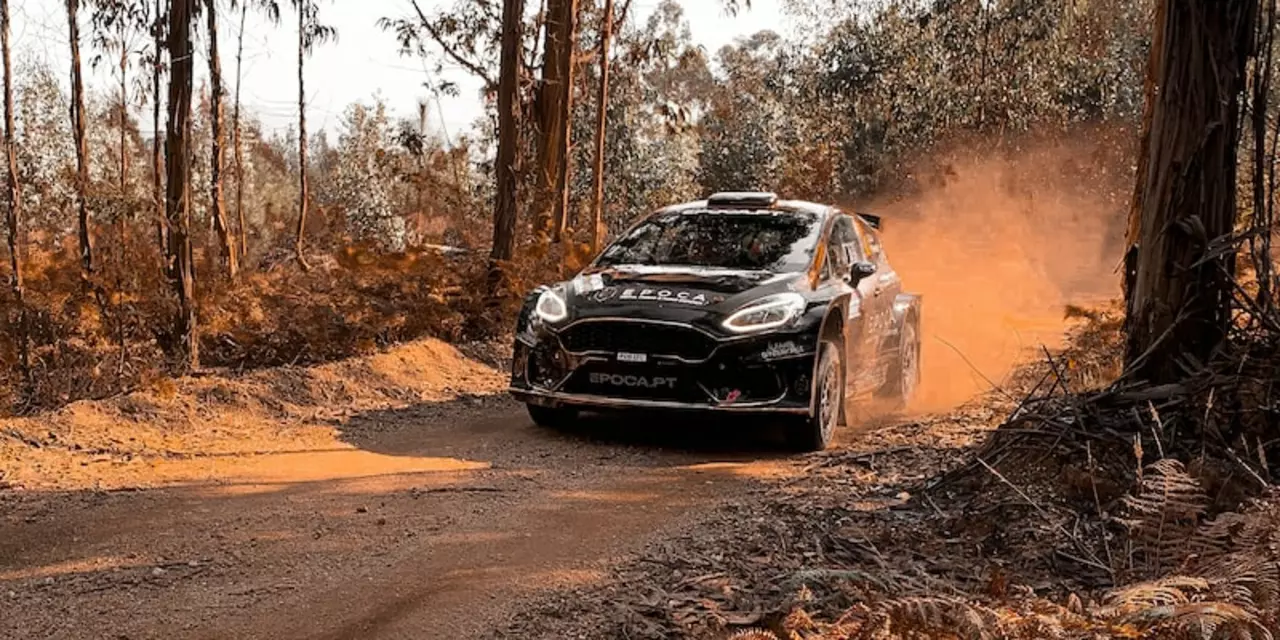Navigator Guide: How to Be a Confident Rally Co‑Driver
Thinking about getting behind the microphone in a rally car? The navigator isn’t just a passenger – they’re the brain that helps the driver hit every corner at speed. In this guide we’ll break down the core tasks, the gear you need and simple habits that turn a rookie into a reliable co‑driver.
What a Rally Navigator Actually Does
First up, the job is all about communication. While the driver focuses on the road, you read a set of written directions called pacenotes and call them out in a rhythm the driver trusts. Those notes tell you where the road dips, jumps, tight hairpins or loose gravel are waiting.
Second, you stay alert to the car’s condition. If the engine starts to cough or a tyre is losing pressure, you shout the problem so the driver can adapt. Third, you keep the schedule – rally stages are timed, and you need to know when to push hard and when to conserve fuel.
Finally, the navigator handles the paperwork. Service checks, tyre changes and even the short‑break meals are part of the day‑to‑day routine. Missing a service window can cost valuable seconds, so a good co‑driver runs a checklist like a pro.
Tools and Tips for Effective Navigation
**Pacenote book** – Keep it tidy, use high‑contrast markers and number each section clearly. A common system is “L1” for a gentle left and “L5” for a sharp turn. Stick to one style and practice it until it feels natural.
**Microphone and headset** – A noise‑cancelling set makes a world of difference on rough surfaces. Test the volume before each stage and agree on a speaking pace with the driver – too fast and the driver can’t process, too slow wastes time.
**Timing watch** – Rally stages are measured in minutes, not hours. A simple digital watch with a split‑timer function helps you call out when you’re approaching a major section. Sync the watch with the car’s official timer if possible.
**Gear check** – Batteries die fast in cold weather. Keep spare batteries, a charger, and a backup headset. A quick glance at the gear before you start each day prevents nasty surprises.
**Practice drills** – Run through a short course with a friend in a regular road car. Call the notes in real time, then compare them to a video of the run. Spot where you rushed or hesitated and adjust your rhythm.
**Stay calm** – A rally can throw sudden weather changes or unexpected road damage. Your calm voice is the driver’s safety net. If you sense panic, take a deep breath, repeat the note and keep the pace steady.
By mastering these basics, you’ll quickly become the navigator every driver wants. Remember, the goal isn’t to be the loudest voice in the car, but the most reliable one. Keep your notes clear, your gear ready and your mind focused, and you’ll help the team shave seconds off every stage.
Do rally drivers remember track or rely just on navigator?
This article examines the role of the navigator in rally driving. It looks at the debate between experienced rally drivers who prefer to remember tracks and those who rely solely on their navigator. The article suggests that the navigator is essential to success in rally driving, as they can provide vital information not available to the driver, such as the type of surface ahead, the condition of the road, and the precise route. However, experienced drivers need to remember the track as well to make the best use of the navigator's information. Ultimately, a combination of driver memory and navigator input is necessary for success.
Read More

